Complete Care Guide for Emperor Tetra: Creating a Unique Aquarium
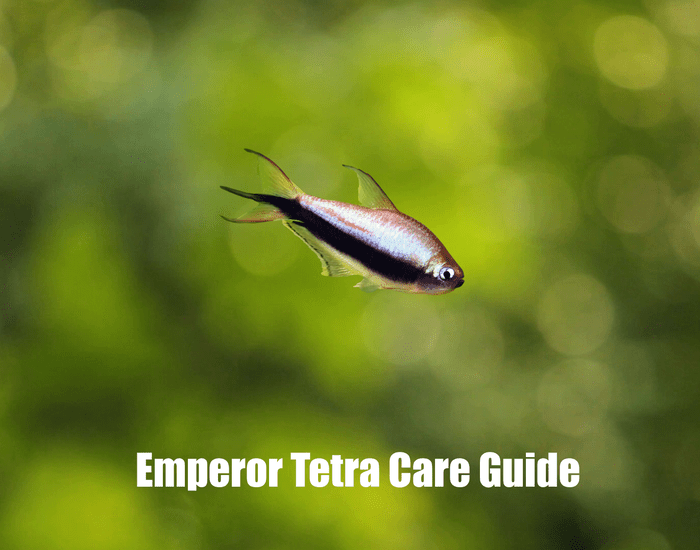
Introduction
Considering Emperor Tetra for your aquarium or looking to enhance their care? This detailed guide is tailored for aquarists of all levels. Emperor Tetra, known scientifically as Nematobrycon palmeri and prized for their shimmering colors and elegant finnage, are a stunning addition to freshwater tanks. This guide will cover everything you need to know to ensure your Emperor Tetra flourish.
Understanding Emperor Tetra
Origin and Characteristics
Emperor Tetras, originating from the serene blackwater rivers of Colombia, South America, offer a glimpse into the rich aquatic biodiversity of their native habitat. As medium-sized fish, they typically reach lengths of up to 2.5 inches, captivating aquarists with their ethereal beauty. The species is renowned for its shimmering blue bodies that beautifully reflect light, creating a mesmerizing spectacle in any aquarium setting. A distinctive black stripe, extending through the eye, adds to their unique visual appeal, setting them apart from other tetra species.
Male Emperor Tetras are especially noteworthy for their splendid appearance. They boast elongated finnage that flows gracefully with their movements, enhanced by iridescent hues that shimmer in a range of colors under aquarium lights. This striking sexual dimorphism not only makes the males a focal point in the tank but also adds to the dynamic visual diversity of the aquatic environment. The interplay of light with their vibrant colors and elegant fins makes Emperor Tetras a sought-after species for those looking to add a touch of natural artistry to their freshwater setups. Their presence brings a serene yet vibrant energy, embodying the tranquil beauty of their Colombian river origins.
Behavior and Tank Mates
Emperor Tetras are peaceful, schooling fish and should be kept in groups of at least six. They are ideal for community tanks with other peaceful, similarly sized fish. Their graceful swimming and non-aggressive nature make them a favored choice among aquarists. Some common and suitable tank mates for Emperor Tetra:
- Other Peaceful Tetras: Such as Neon or Rummy Nose Tetra.
- Dwarf Cichlids: Like Apistogrammas, which are also peaceful.
- Peaceful Barbs: Like Cherry Barbs.
- Dwarf Corydora: Peaceful bottom dwellers.
- Small Rasboras: Harmonize well in a community tank.
- It’s important to choose tank mates that are peaceful and won’t outcompete the Emperor Tetra for food
Remember, while choosing tank mates, consider factors like water parameters, size, temperament, and dietary needs to ensure a harmonious aquarium. Also, always introduce new fish gradually and monitor their interactions to ensure a peaceful environment. 🐠
Setting Up the Perfect Tank
Tank Size and Conditions
A 20-gallon tank or larger is recommended for a school of Emperor Tetra but they will benefit from some more swimming room. These Tetra thrive in specific water conditions that mimic their natural habitat. Finally, maintaining ideal water parameters is the key to ensuring their health and well-being in a home aquarium. Here’s a breakdown of their ideal water conditions:
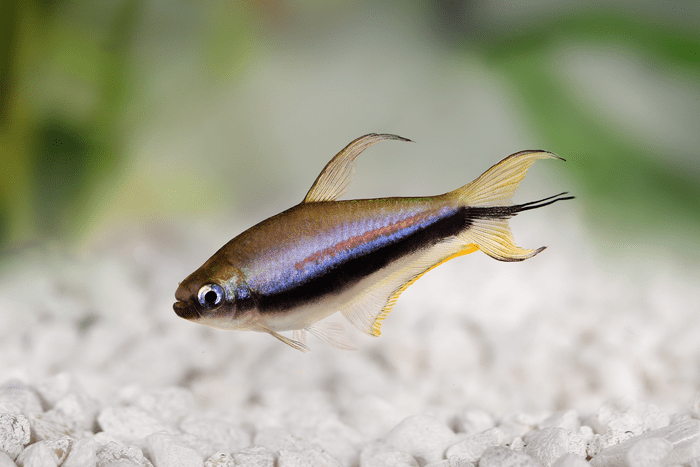
- Temperature: 73-81°F (23-27°C), which is comfortable for their tropical nature.
- pH Level: 6.0 to 7.5, leaning towards slightly acidic to neutral.
- Water Hardness: 5-15 dGH, indicating they prefer soft to moderately hard water
- Water Quality: Like most fish, Emperor Tetra require clean and well-oxygenated water. Regular water changes (about 25% per week) are recommended to maintain good water quality. It’s crucial to remove any chlorine or chloramine from tap water before adding it to the tank.
- Nitrate Levels: Keeping nitrate levels low is important, as high levels can be harmful. Aim to keep nitrates below 20 ppm.
- Ammonia and Nitrite Levels: Both ammonia and nitrite should always be at 0 ppm. Even small amounts of these can be toxic to fish.
It’s important to use a reliable aquarium test kit to regularly monitor these water parameters. Sudden changes in water conditions can stress or harm your fish, so any adjustments should be made gradually. Maintaining stable water conditions is key to the health and longevity of your Emperor Tetra. 🌊
Lighting and Decor
- Moderate Lighting: Mimic their natural, slightly shaded habitat with moderate lighting.
- Day/Night Cycle: Maintain a regular cycle, typically around 10-12 hours of light per day.
- Plants: Dense vegetation, including tall and floating plants, to provide hiding spaces and a natural environment.
- Substrate: A dark-colored substrate can enhance the natural colors of the fish.
- Hiding Places: Include driftwood, rocks, and caves for shelter.
- Open Swimming Space: Ensure ample free-swimming space to accommodate their active swimming behavior.
Diet and Nutrition
Feeding Habits
Emperor Tetra are omnivorous. Therefore, a balanced diet including high-quality flake foods, frozen or live brine shrimp, daphnia, and occasional vegetable supplements will keep them healthy.
Feeding Schedule
Feed them small amounts once or twice a day, being careful not to overfeed.
Health and Wellness
Breeding Tips
Breeding Emperor Tetra can be a rewarding experience, but it requires a bit of preparation and understanding of their breeding behavior. Here are some tips to help you successfully breed Emperor Tetra:
- Breeding Tank: Set up a separate tank with soft, slightly acidic water (pH around 6.0-6.5) and a temperature of about 77°F (25°C). Dim lighting and fine-leaved plants or spawning mops are recommended.
- Condition the Breeders: Feed them high-quality live or frozen foods to encourage spawning.
- Spawning Process: Introduce a well-conditioned pair or small group. Spawning usually occurs in the morning.
- Post-Spawning Care: Remove the adults post-spawning to prevent egg predation. The eggs typically hatch in about 24-48hrs.
- Rearing Fry: Start with infusoria or liquid fry food, then graduate to baby brine shrimp as they grow.
Remember, patience is key when breeding fish. It might take a few attempts before you see success. Keep a close eye on the water parameters and the health of both the adult fish and the fry to ensure a successful breeding experience. Good luck!
Common Health Concerns
Emperor Tetras are known for their resilience and hardiness, traits that make them a popular choice among both novice and seasoned aquarists. However, despite their robust nature, they are not immune to the health challenges that commonly affect tetra species, including ich (Ichthyophthirius multifiliis), a parasitic ailment manifesting as white, salt-like dots on the fish’s body, and various fungal infections, which appear as unsightly white or cottony patches. These conditions can significantly compromise their health and vitality if left unaddressed.
Maintaining optimal tank management and water quality is paramount to preventing these illnesses and ensuring the long-term health of your Emperor Tetras. Regular monitoring of water parameters, such as temperature, pH, and hardness, and keeping them within the ideal ranges for Emperor Tetras, is essential. Equally important is the implementation of a consistent maintenance routine, including periodic water changes and the use of efficient filtration systems, to keep the water clean and free of disease-causing pathogens.
A well-maintained tank not only supports the physical health of Emperor Tetras but also promotes a stress-free environment conducive to their well-being. Stress is a known precursor to many fish diseases, and by creating a stable, healthy habitat, you can significantly reduce the risk of your Emperor Tetras falling ill. This approach to aquarium care, centered on prevention and vigilance, is crucial for nurturing a thriving community of Emperor Tetras, allowing them to display their full splendor and grace.
Life Expectancy
With proper care, these tetras can live up to 5 years. Regular monitoring and maintenance of the tank environment are key to their longevity
Emperor Tetra Wrap Up
In conclusion, Emperor Tetras serve as a beacon of color and sophistication within the freshwater aquarium, introducing an unparalleled elegance to your aquatic ensemble. By following the guidelines laid out in this thorough care guide, you’re equipped to foster an environment where your Emperor Tetras can not only survive but truly flourish. The essence of achieving a lively and visually stunning aquarium lies in the consistent provision of a stable and nurturing habitat.
This encompasses diligent attention to water quality, careful monitoring of environmental parameters, and a commitment to regular maintenance routines. With these practices in place, you’ll not only ensure the health and well-being of your Emperor Tetras but also enhance the overall beauty and diversity of your aquatic setup. Embrace the journey of creating and maintaining a vibrant ecosystem, and let your Emperor Tetras captivate all who gaze upon your thriving aquatic world.
Frequently Asked Questions
Emperor Tetras can grow up to about 2.5 inches (6.5 cm) in length.
It’s best to keep them in groups of at least 6 to promote natural behavior and reduce stress.
Emperor Tetra are generally peaceful but can show mild aggression towards each other; they are suitable for mixed-species tanks with similarly sized, peaceful fish.
Share Your Tetra Experiences
Do you have any stories or tips about your Tetra tank? Share them in the comments below!
Help Others Discover This Guide
Navigate the Tetra in your tank with confidence. This guide is your pathway to creating a vibrant and healthy aquatic showcase. Enjoy the dazzling colors and lively nature of these unique fish!

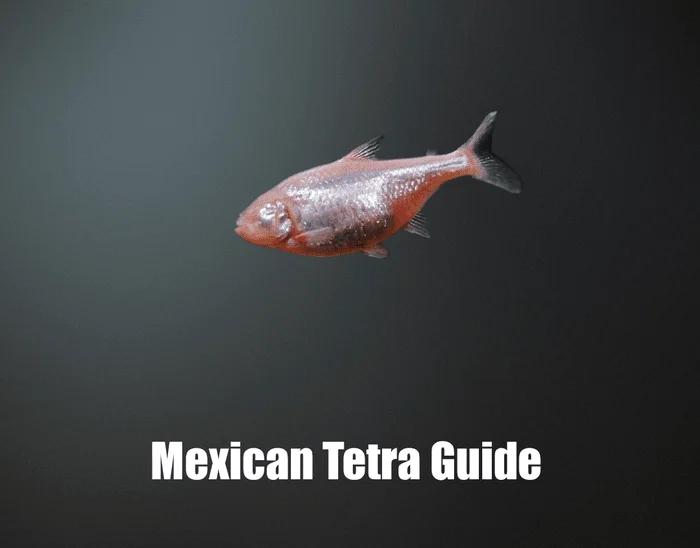
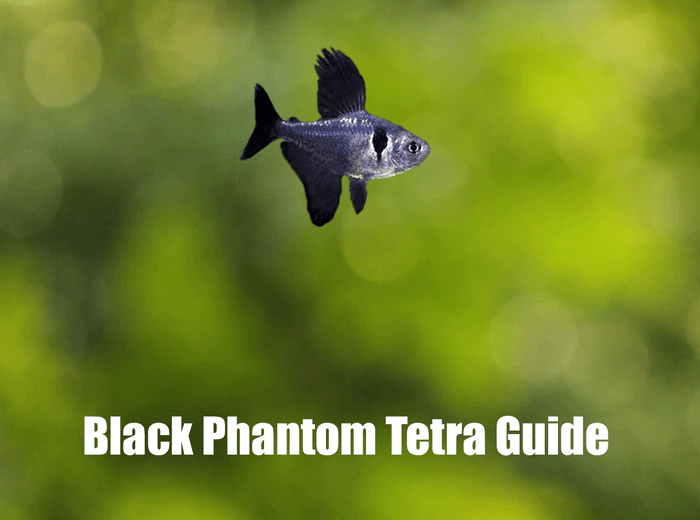
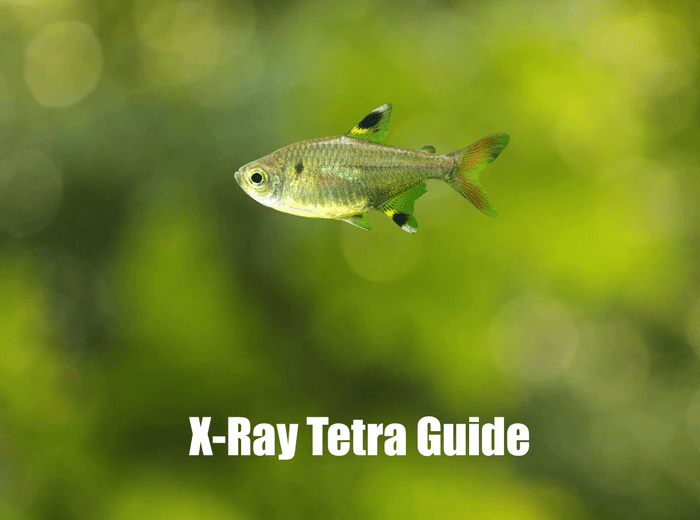
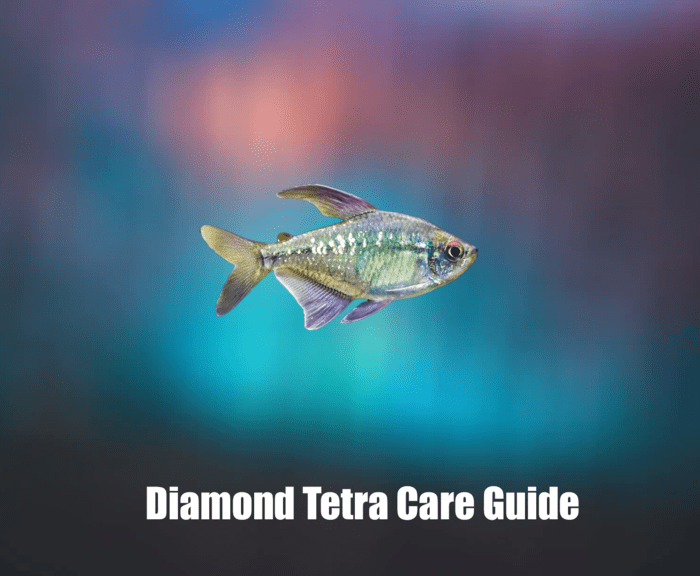
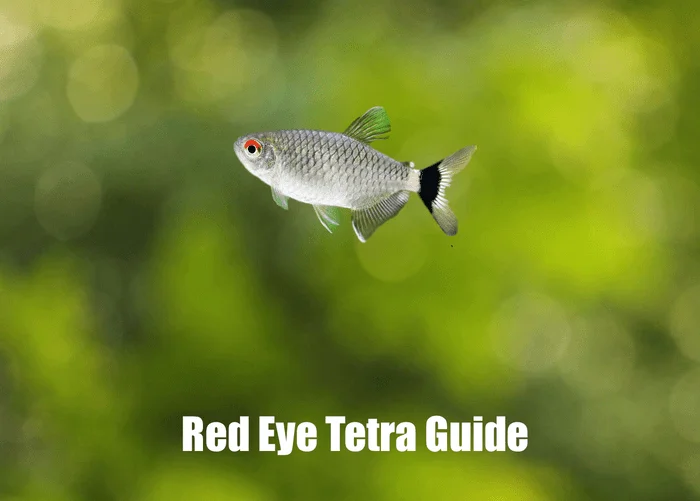
Pingback: The Ultimate Care Guide for X-Ray Tetra